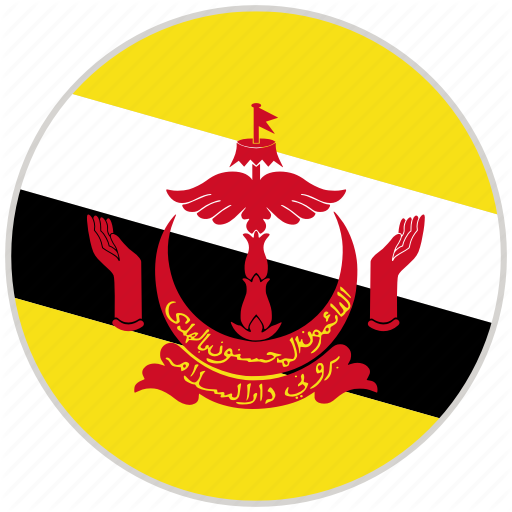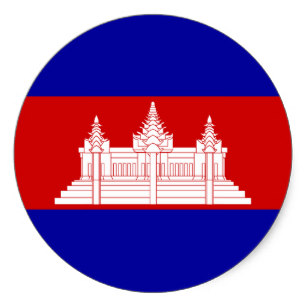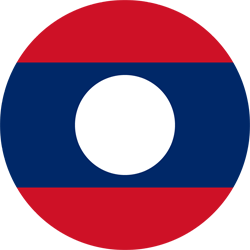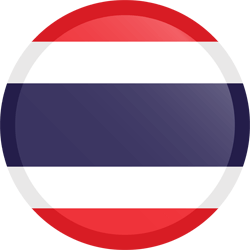The center of East Asia Cooperation Framework is the respective coordination and cooperation between ASEAN and China, Japan, and the ROK. During the annual “10+3" summit meeting, the leaders from China, Japan and ROK will meet those from ASEAN to discuss the mutual cooperation, thus forming three sets of “10+1" frameworks.
Closely linked by common mountains and rivers and bonded by blood kin of millions of overseas Chinese, China and Southeastern Asia stand a great chance of enjoying more coordination and harmony. Now closer cooperation has been achieved between China and ASEAN within the 10+3 framework. At the Fifth China-ASEAN Conference held in November 2001, China and ASEAN agreed to set up China-ASEAN Free Trade Zone within 10 years and reached a consensus on the priority cooperation areas at the beginning of the new century. This is another milestone in the development of China-ASEAN relations, and pushes the bilateral relations forward to a new stage. Besides, at the Sixth China-ASEAN Conference held in November 2002, China took a series of major steps to move forward China-ASEAN relations to a new stage of the overall development. This mainly involves three “Starts": To start the process of setting up China-ASEAN Free Trade Zone by seizing the opportunity offered by the Framework Agreement on Comprehensive Cooperation between China and ASEAN; To start the full-pledged cooperation between China and ASEAN on Mekong sub-regional development based on the National Report on China's Participation in the GMS Cooperation Program; To start the cooperation between China and ASEAN on non-traditional security issues by seizing the opportunity offered by the delivery of Joint Declaration of ASEAN and China on Cooperation in the Field of Non-traditional Security Issues. At the same time, some substantial progress has been achieved in China-ASEAN cooperation. China and ASEAN have reached a consensus and further signed the Ultimate Agreement on Declaration on the Code of Conduct of Parties in the South China Sea, whose positive result is that it sends a clear signal to the outside that all the nations in this region can put aside the mutual differences through dialogues and will safeguard the peace and stability of the South China Sea through cooperation. China has made a declaration of carrying out “Debt Reduction Program for Asia", that is, Vietnam, Lao People's Democratic Republic, Cambodia, and Myanmar and other two countries are exempt from the due partial or all the debts. This is another actual contribution made by China to promoting the common development of East Asian countries. China's Agricultural Ministry and ASEAN Secretariat have signed the Memorandum of Understanding on Agricultural Cooperation, in which both sides agreed on the short and long-term cooperation in agricultural areas, thus striding the first step in China-ASEAN priority cooperation programs. In addition, China has accessed into Framework Agreement for the Facilitation of Cross-border Movement of Goods and signed People and Intergovernmental Agreement on Power Interconnection and Trade. Former Premier Zhu Rongji attended the meeting and declared that China would carry out the Debt-Reduction Program for Asian Nations. China would offer non-tariff treatment to most of those products exported to China from Laos, Cambodia and Myanmar since the year 2004. China has contributed 30 million USD to the construction of parts of Kunming-Bangkok highway in Lao People's Democratic Republic. These tangible measures are highly welcomed and praised by ASEAN. On April 29, 2003, the leaders from China and ASEAN convened the Special Conference on SARS in Bangkok, whereby Special Conference Joint Declaration was delivered calling for the concerted efforts to combat the SARS through mutual exchange and cooperation. It is the first time that the leaders from East Asian countries have gathered for a Summit Conference addressing a special issue. It is worth our more attention that China and ASEAN countries have signed the Joint Declaration on the Strategic Partnership Relationship Oriented towards Peace and Prosperity. It is the first time that China has set up a strategic partnership relationship with a regional organization, thus becoming the first strategic partner with ASEAN. What's more, China is the first big nation having acceded into Treaty of Amity and Cooperation in Southeast Asia (TAC). It is a sign that bilateral relations have entered a new stage. Besides Informal Summit Conference, China and ASEAN have the Annual Meeting of Foreign Ministers, Senior Economic Officials Meeting (SEOM), China-ASEAN Free Trade Negotiation Committee, China-ASEAN Business Consultations Meeting and so on, which propel the bilateral cooperation to assume more mechanisms.
“10+1" respective cooperation between Japan, ROK, and ASEAN is also bearing fruits. Held annually, these two “10+1" meetings promote their mutual exchange and communication. It's worth our special attention that Japan and ASEAN boast traditional economic cooperation relationship, which is of great significance to the investment and trade in Southeastern countries and to the promotion of economic development in ASEAN. With the acceleration of the regional cooperation process in East Asia, Japan is also attaching more importance to reinforcing the relations with ASEAN. In January 2002, Japanese Prime Minister Junichiro Koizumi delivered the foreign policy towards ASEAN, in which he pointed out that ASEAN+3 (Japan, China and ROK) framework should be brought into full play, hoping that Japan, ASEAN, China, ROK, Australia and New Zealand would become the core members of the community. He stressed that this region should not be exclusive and isolated. This reflects Japan's positive attitude in promoting the cooperation among the ASEAN members. In the middle ten days of December 2003, Japan-ASEAN Special Summit Meeting was held in Tokyo, at which Tokyo Declaration and Action Plans aiming to strengthen the economic, political and security relations between Japan and ASEAN were delivered, with the stress laid on striving to establish a community based on Asian traditions and values. At the meeting, the development of “East Asian Community" was defined formally as the goal of regional cooperation in Eastern Asia. It is the first time that the leaders from East Asian countries have put forward the concept of “East Asian Community" on multilateral occasions. As a matter of fact, Japan is also taking steps to promote the economic cooperation between Japan and Southeast Asian countries. Japan signed the Free Trade Agreement with Singapore and held the negotiation with ROK and Philippines and among others. Japan is also in favor of the development of Greater Mekong Sub-region. Japan has turned its attention from the bilateral cooperation to multilateral cooperation. Of course, Japan is far from aware of the fact that its future development is tied with that of the whole East Asia. It still concerns itself with its own interests rather than those of the neighborhood countries in Asia. It is necessary for Japan to take pressing measures to strengthen the coordinative development between it and East Asian countries including ASEAN.
The “10+1" Meeting identifies five priority cooperation areas including agriculture, information communication, human resources development, mutual investment and the development of Mekong region. There are already four ministerial meeting, and still some new meetings at ministers' level to be held. The “10+3" Cooperation Mechanism lays great stress on the strategic coordination, while “10+1" attaches more importance to the long-term cooperation in the practical areas. The latter renders the cooperation in East Asia more realistic and effective.











.png)



.png)




